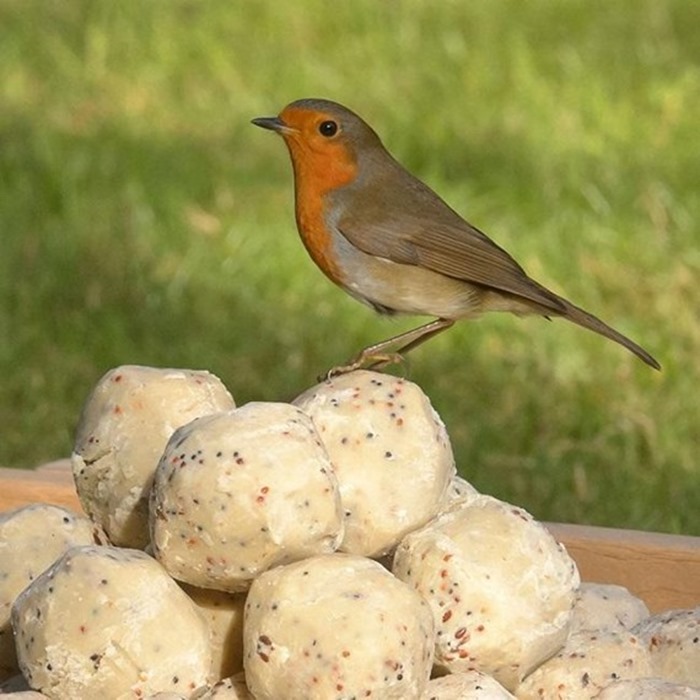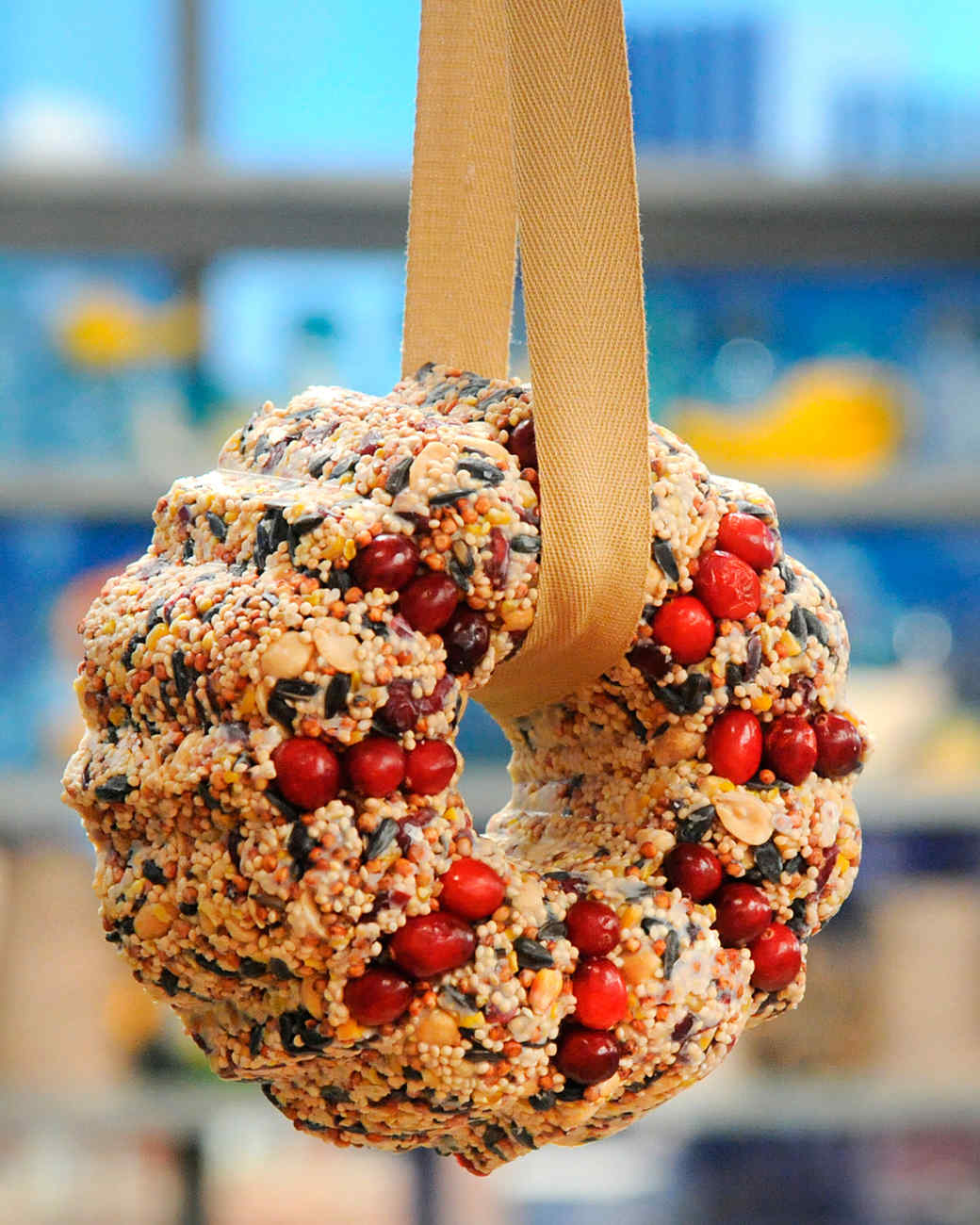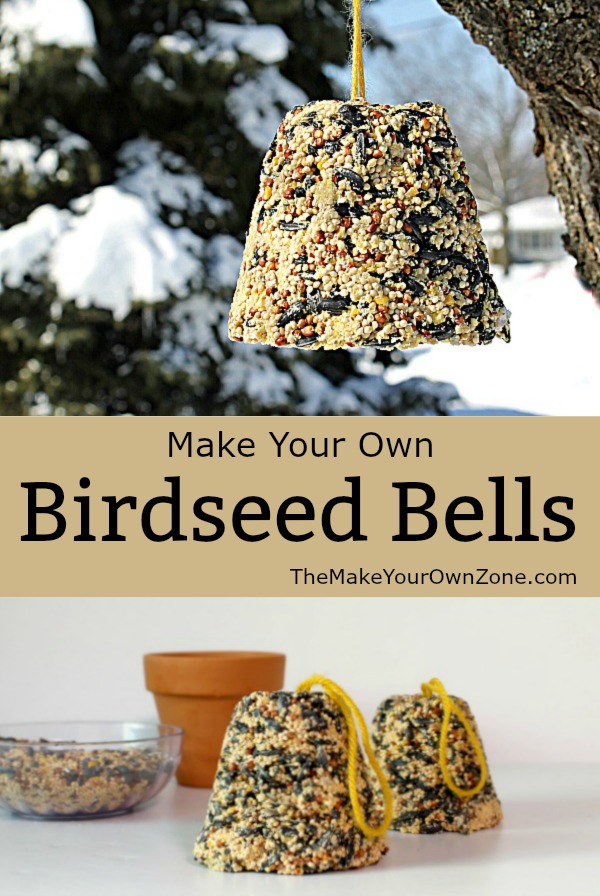Nourishing Nature’s Beauty: The Benefits of Suet Balls
As bird enthusiasts, it’s essential to understand the importance of providing birds with nutritious food sources. Suet balls, in particular, have become a popular choice for bird feeding due to their high energy content and versatility. By making suet balls for the birds, individuals can play a vital role in supporting local wildlife and creating a welcoming environment for these wonderful creatures. In fact, suet balls can be a lifesaver during harsh winter months when natural food sources are scarce. By offering a consistent and reliable source of nutrition, suet balls can help birds thrive and survive. In this article, we’ll explore the benefits, ingredients, and techniques for creating these bird-friendly treats, providing a comprehensive guide on how to make suet balls for the birds.
Gathering Ingredients: A Recipe for Success
To create suet balls that will attract a variety of bird species, it’s essential to gather the right ingredients. The basic components of suet balls include suet, seeds, nuts, and fruits. Suet, a high-energy food source, can be purchased at most bird-feeding stores or online. For seeds, consider using a mix of sunflower seeds, Nyjer seeds, and safflower seeds, which will attract a range of bird species. Nuts, such as peanuts or hazelnuts, provide a crunchy texture and added nutrition. Fresh or dried fruits, like berries or cherries, can add natural sweetness and flavor. When selecting ingredients, consider the specific bird species you want to attract and tailor your recipe accordingly. For example, woodpeckers and nuthatches tend to prefer suet balls with a higher nut content, while chickadees and finches are drawn to seeds and fruits. By understanding the dietary needs of different bird species, you can create customized suet ball recipes that will attract a diverse range of birds to your backyard.
How to Make Suet Balls: A Step-by-Step Guide
Now that you have gathered the necessary ingredients, it’s time to learn how to make suet balls for the birds. This easy-to-follow recipe will guide you through the process of creating these nutritious treats. To begin, melt the suet in a double boiler or in the microwave in 30-second increments, stirring between each interval until smooth. Once the suet is fully melted, add the seeds, nuts, and fruits, stirring until well combined. If desired, add peanut butter, honey, or other ingredients to customize the recipe. Next, allow the mixture to cool and thicken, making it easier to shape into balls. Use a spoon or small cookie scoop to form the suet mixture into balls, approximately 1-2 inches in diameter. Place the suet balls on a baking sheet lined with parchment paper and refrigerate until firm. Once hardened, the suet balls are ready to hang in your backyard, providing a delicious and nutritious treat for your feathered friends. By following these simple steps, you can create suet balls that will attract a variety of bird species and support their health and well-being.
Tips and Variations: Customizing Your Suet Balls
Once you’ve mastered the basic recipe for making suet balls, it’s time to get creative and customize your recipes to attract a variety of bird species. One way to do this is by adding different ingredients to the suet mixture. Peanut butter, for example, is a popular addition that many birds love. You can also try adding honey, corn syrup, or even fruit preserves to create a sweet and sticky treat. Another option is to experiment with different shapes and sizes of suet balls. Try using a cookie cutter to create fun shapes, or make mini suet balls that are perfect for small bird species. You can also customize the recipe by using different types of seeds, nuts, and fruits. For example, if you want to attract woodpeckers, try adding more nuts and seeds to the mixture. If you want to attract finches, try adding more Nyjer seeds. By customizing your suet ball recipes, you can create a bird-friendly environment that attracts a diverse range of bird species. Remember, the key to making suet balls that birds will love is to use high-quality ingredients and to experiment with different recipes until you find what works best for your backyard birds.
Hanging Your Suet Balls: A Guide to Safe and Accessible Placement
Once you’ve made your suet balls, it’s essential to hang them in a safe and accessible location to ensure that the birds can easily find and enjoy them. When choosing a location, consider the type of birds you want to attract and the types of predators that may be present in your area. For example, if you want to attract woodpeckers, consider hanging the suet balls on a tree trunk or branch that is easy for them to access. If you’re concerned about predators, such as raccoons or squirrels, consider hanging the suet balls in a location that is difficult for them to reach, such as a tall tree or a feeder with a predator guard. Additionally, make sure to hang the suet balls in an area that receives partial shade to prevent the suet from melting and becoming rancid. By hanging your suet balls in a safe and accessible location, you can ensure that the birds will be able to enjoy them and that you’ll be able to attract a variety of bird species to your backyard.
Attracting a Variety of Birds: The Benefits of Suet Balls
One of the most rewarding aspects of making suet balls is the variety of bird species that can be attracted to them. By offering a nutritious and energy-rich food source, suet balls can attract a range of birds, from woodpeckers and nuthatches to chickadees and finches. To create a bird-friendly environment, consider planting native trees and shrubs that provide shelter and nesting sites for birds. Additionally, incorporating a source of water, such as a birdbath or pond, can help attract birds to your yard. By combining suet balls with these other bird-friendly features, you can create a welcoming habitat that attracts a diverse range of bird species. For example, woodpeckers are particularly attracted to suet balls with a high nut content, while finches prefer suet balls with a higher seed content. By customizing your suet ball recipe to meet the needs of different bird species, you can attract a wide range of birds to your yard and enjoy the joy and satisfaction of supporting local wildlife. Remember, making suet balls is a fun and easy way to support the health and well-being of birds, and with a little creativity, you can attract a variety of bird species to your yard.
Maintenance and Upkeep: Keeping Your Suet Balls Fresh
To ensure that your suet balls remain a valuable food source for birds, it’s essential to maintain and replace them regularly. Start by storing your suet ball ingredients in a cool, dry place to prevent spoilage. When making a new batch of suet balls, be sure to monitor the mixture for signs of mold or spoilage, and discard any affected suet balls. To keep your suet balls fresh, consider refreshing them every 2-3 weeks, or as needed. This can be as simple as melting the suet balls and re-shaping them, or adding new ingredients to the mixture. Additionally, consider cleaning your suet ball feeders regularly to prevent the buildup of bacteria and mold. By following these simple maintenance tips, you can ensure that your suet balls remain a healthy and attractive food source for birds. Remember, making suet balls is a fun and easy way to support the health and well-being of birds, and with regular maintenance, you can enjoy the benefits of how to make suet balls for the birds all year round.
Conclusion: Spreading Joy to Your Feathered Friends
By following the simple steps outlined in this guide, you can create a nutritious and attractive food source for birds in your area. Making suet balls is a fun and easy way to support the health and well-being of local wildlife, and with a little creativity, you can attract a variety of bird species to your yard. Remember, how to make suet balls for the birds is a skill that can bring joy and satisfaction to both you and your feathered friends. By providing a nutritious food source, you can help support the local bird population and create a welcoming habitat for birds to thrive. So why not give it a try? With these simple steps, you can start making suet balls today and begin spreading joy to your feathered friends. Whether you’re a seasoned bird enthusiast or just starting out, making suet balls is a great way to connect with nature and support the local wildlife. So go ahead, get creative, and start making suet balls for the birds!









